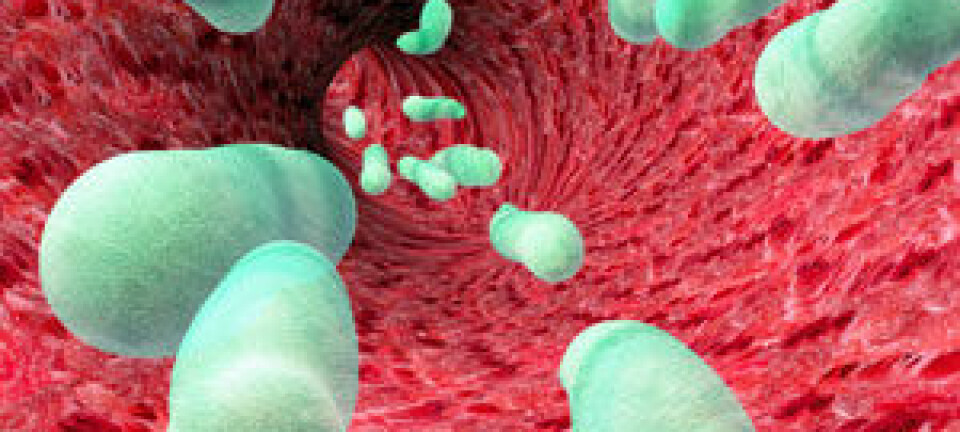Beautiful “flowers” are hiding inside artificial cell membranes
Scientists work with artificial cell membranes all the time, but even though they are so common, they still contain many secrets.
Artificial cell membranes are some of the most important tools in modern life sciences. They give us a better understanding of how cells function and thus helps us to understand diseases and to develop new drugs.
Scientists at the University of Southern Denmark are working with artificial cell membranes to find new ways of helping different substances to cross the membrane and penetrate the cell nucleus.
"In order to understand complex systems such as biological cells, it‘s crucial that we understand the simpler parts that make up the cell, like the cell membrane. And we can do this by studying model membranes," says lead-author Jonas Camillus Jeppesen, a PhD student at the University of Southern Denmark.
Cell membranes form flower patterns at 0 degrees
Jeppesen set out to discover whether structures within the membrane remain static or change over time.
The results are published in the scientific journal Langmuir.
"We knew that if you freeze membranes containing two different types of fat molecules (lipids), this causes some remarkable flower shapes. They’re formed by the one type of fatty molecules which collects in groups called domains,” says Jeppesen.
“It's like freezing a mixture of oil and water: when water freezes at zero degrees Celsius, ice crystals--or domains--form in the oil which is still liquid," he says.
"We knew that these flower-shaped domains were formed, but we didn’t know if they were stable static structures, or whether they would change shape over time," says Jeppesen.
The process is documented on film
The team documented the process on film, shot with a relatively long time between each image so that it appears as if being played at high speed.
The film shows that it only takes a few minutes for the fat molecules to gather into beautiful flower formations when the temperature drops below freezing point.
"But it turns out that these flower formations don’t hold indefinitely. After a few days, they are completely changed. Some flower petals look as if they have withered, while others have grown. After a few weeks they are almost perfectly round," says Jeppesen.
This happens as the fat molecules seek their most relaxed state--a state of equilibrium--which is round for membrane domains.
So it wasn’t a surprise to Jeppesen and his colleagues that the fat molecule flowers ultimately turned into a round shape, but it was important to find out exactly how long the domains remain flower-shaped, says Jeppesen.
“Scientists assumed that they are static for at least several hours. We’ve now shown that it’s reasonable to assume that they are static for hours, but not for days," he says.
----------
Read the Danish version of this story on Videnskab.dk
Translated by: Catherine Jex








